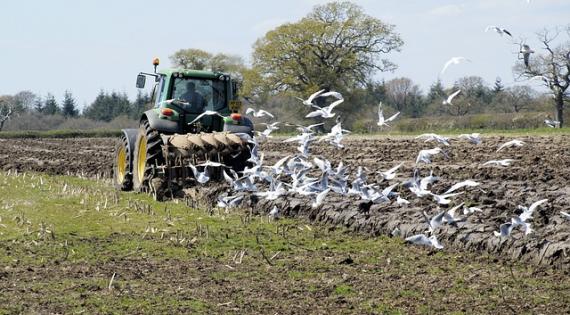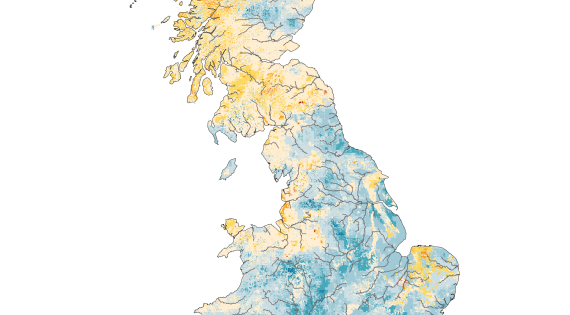Soil is one of the most vital resources for agriculture, with a healthy soil being essential to our long-term ability to keep producing food. Certain agricultural practices are known to cause issues such as compaction, erosion and low levels of soil organic matter, resulting in degraded soil health. AgZero+ is exploring practices to improve soil health, and creating maps of soil properties to help benchmark how effective these practices are on farms with different soils.

Mapping soil characteristics
We are working to combine soil datasets and survey data from partner organisations, to produce open access maps of soil characteristics (such as texture, pH and hydrology). This will help farmers understand what to expect from their soils, and help researchers model the risks to soil health and the best ways in which agricultural practices can help to improve it.

Mapping soil moisture
The ability of soils to store water is vital for ensuring crops have an adequate supply of water to fuel their growth, and in reducing the extent and severity of flooding. Understanding how soil moisture varies over time and space is therefore key to both agricultural production and environmental protection. We have produced maps of soil wetness (relative soil moisture) as a difference or ‘anomaly’ from the historical monthly mean, to show how wet or dry the soil is, relative to historical extremes for the time of year. We are currently developing methods to produce wetness forecasts, to help support on-farm planning and decision making.